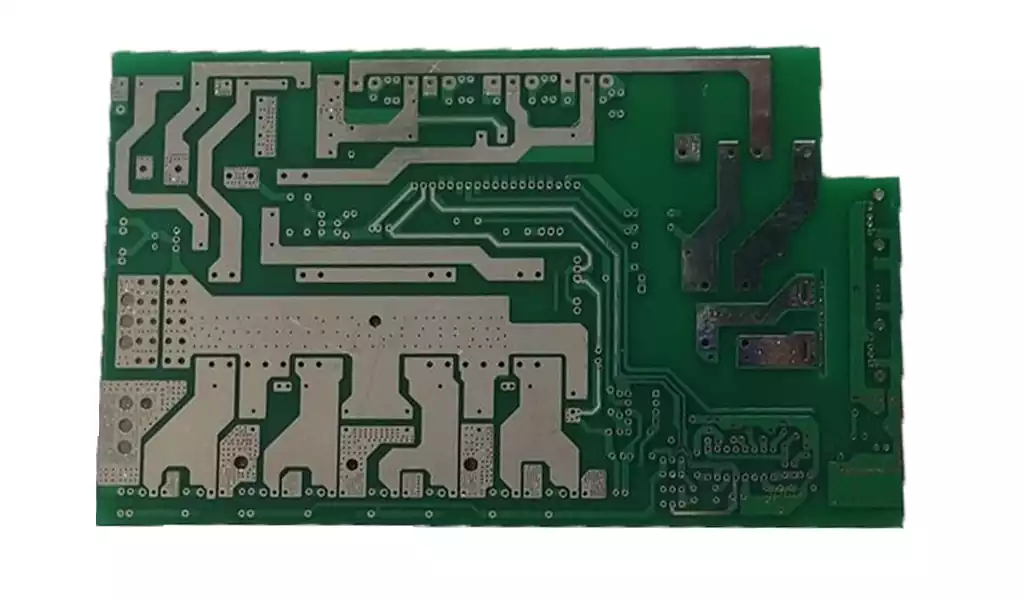What is copper clad laminate?It is a composite material in which copper foil is tightly bonded to an insulating material, play a key role in PCB manufacturing. First, the copper foil provides the electrical conductivity that allows electronic components to be efficiently connected through the PCB. Secondly, the insulating material provides the necessary electrical isolation, preventing short circuits between circuits. Finally, the laminate treatment ensures a tight bond between the copper foil and the insulating material, improving the overall mechanical strength and stability of the PCB.
Lamination process of copper-clad laminates
Lamination is a process of combining copper foil and insulating material through high temperature and high pressure. In this process, the copper foil and the insulating material are heated and pressurized to form a tight bond. Commonly used insulating materials include resins, glass fibers, etc., which, when combined with the copper foil, form a copper-clad laminate that is both electrically conductive and has good insulating properties.
Laminate Processing Flow.
Pre-treatment: The copper foil and insulating materials are cleaned to remove surface impurities and contaminants to ensure the bonding effect after lamination.
Gluing: Apply a layer of adhesive evenly on the insulating material to ensure a tight bond between the copper foil and the insulating material.
Stacking: Stack the adhesive-coated insulating material and copper foil together in a certain order to form the structure of the laminate.
Hot pressing: The laminated materials are put into the hot press and laminated under high temperature and high pressure to form a close bond between the copper foil and the insulating materials.
Post-processing: Cooling, cutting, and surface treatment are performed on the laminated product to meet the requirements of PCB manufacturing.

Technical points of lamination treatment
Temperature control: The temperature of the lamination process must be precisely controlled to ensure that the copper foil and insulating material can be uniformly combined. Too high a temperature may result in scorching or blistering of the material, while too low a temperature may result in a poor bond.
Pressure regulation: Pressure regulation is also important for lamination. The right pressure ensures good contact between the copper foil and the insulating material and promotes intermolecular bonding.
Timing: The timing of the lamination process is also a critical factor. Too little time may not achieve the desired bonding effect, while too much time may result in overheating of the material.
Impact of lamination on PCB performance
Mechanical strength: After a good lamination treatment, copper-clad laminates have high mechanical strength and can withstand various stresses during manufacturing and assembly. This helps to improve the overall stability and service life of the printed circuit board.
Conductivity: The quality of the lamination treatment directly affects the conductivity of the copper-clad laminate. Improper lamination can lead to gaps or bubbles between the copper foil and the insulating material, which can reduce conductivity and affect the stability of signal transmission.
Insulation: Good lamination ensures the integrity of the insulating material and a good bond between the copper foil and it, providing reliable electrical isolation and reducing the risk of short circuits.
Thermal stability: The laminate treatment also affects the thermal stability of copper-clad laminates. Inadequate lamination can lead to deformation or degradation of the material in sustained high-temperature environments.
Copper clad laminates for printed circuit boards play a vital role in the electronics industry. With the increasing demand for high performance and reliability in electronic devices, higher demands are being placed on the laminate processing technology.



